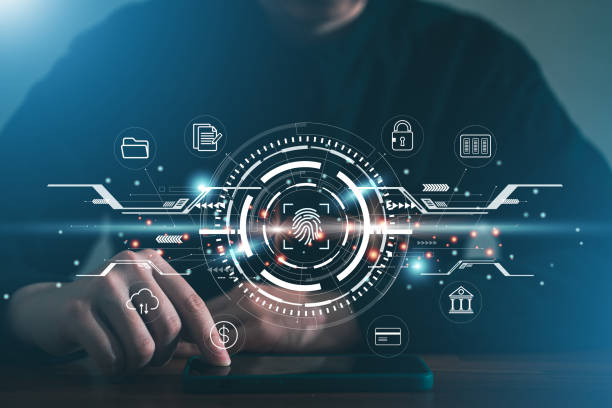In spite of the usage of AI-driven technologies, face-to-face interaction between a company and a prospective customer can increase trust in a deal. Businesses that make use of KYC services can validate a customer’s identity through video verification. The solution guarantees quick onboarding and the client’s legality.
A formal digital meeting is set up as part of the client verification procedure by the trustworthy company or platform. The client arrives with a set of identification documents. In order to authenticate individuality through video identification, the system pre-screens them during the initial stages of the verification program and during a brief discussion. The speedy automatic verification process verifies the customer’s legitimacy.
What is Video Verification?
Employing a face-to-face call, video KYC enables experts to perform remote verification from any location. In contrast to conventional methods, the KYC expert uses a video call to verify the validity of the documents and the person’s home address.
Video Verification is Effective for Financial Industry
Cyber-criminals are creative, they possess false identities and make use of them for malicious digital actions. By utilizing actual identities with their personal information stolen, customers try to deceive the online identification process. Video KYC serves as a line of defense to keep bad actors out of the system. Before onboarding users, digital currency service providers and other similar organizations are needed to verify them. Financial industries and Initial Coin Offering (ICO) providers can conduct a full KYC procedure online with know your customer video verification.
In order to comply with regulatory obligations, cryptocurrency companies must have transparent methods for verification. Customer’s digital identity verification services are the answer, and it may be achieved more effectively by using video verification, which combines liveness detection with document verification. Therefore, on-site video KYC helps reduce the danger of financial crimes including money laundering and terrorism financing.
How Does KYC Video Verification Process Work?
The process of KYC video verification undergoes the listed steps:
- Customers must require to submit their information by filling out the form for registration, which is available on the website.
- After getting registered, the KYC system specialist connects with clients for their video verification.
- With a video call, the customer will be instructed through the identification procedure. The liveness detection will be carried out to assure that a client was physically present at the time of verification.
- Customer data will be collected for identification purposes by KYC specialists with the consent of the customers. Customer consent will be required before the process can proceed.
- Customers are asked to present their identity documents such as licenses, passports, etc.
- The KYC expert will request the client to show the document’s front and back sides and tilt it in front of the camera so that the holograms may be seen in order to confirm the document’s legitimacy.
- KYC specialists are well qualified to analyze customers’ body language and identify for replicating components in documents.
- Using KYC video verification, there is no chance of human error. Using facial recognition technology, liveness detection identifies the physical presence of the customer.
- Once documents and facial verification are done, results are submitted to the business as well as to customers.
Advantages of KYC Video Verification in FinTech Businesses
By balancing digital security and customer experience, Fintech and other companies can ensure regulatory compliance. Here are some benefits listed below:
Time and Cost Efficient
Video verification is a fast and cost-efficient solution to perform online identity verification for their customers, used by Fintech organizations.
Digital Security
The use of video KYC prevents fraud and bad actors from entering the digital financial system with fake credentials or documents. Video verification ensures that digital scams are prevented by checking the body language of the individual and verifying the information in real-time.
Quick Identity Verification
Thanks to digital identification using video, customers no longer need to physically visit any offices to complete KYC verification. The identity verification process is, therefore, quicker and easier for clients.
Improved Customer Experience
The main challenge of the verification process, such as the drop-offs that happen at various stages of the physical verification procedure, is eliminated by video KYC verification.
Concluding Remarks
Implementing video verification during customers’ onboarding is a requirement for almost every regulated business. Various organizations rely on video verification techniques, including banks, digital currency exchanges, real estate, and more. This tool helps to form stronger ties with overseas demographic groups as well as has a high level of accuracy.

